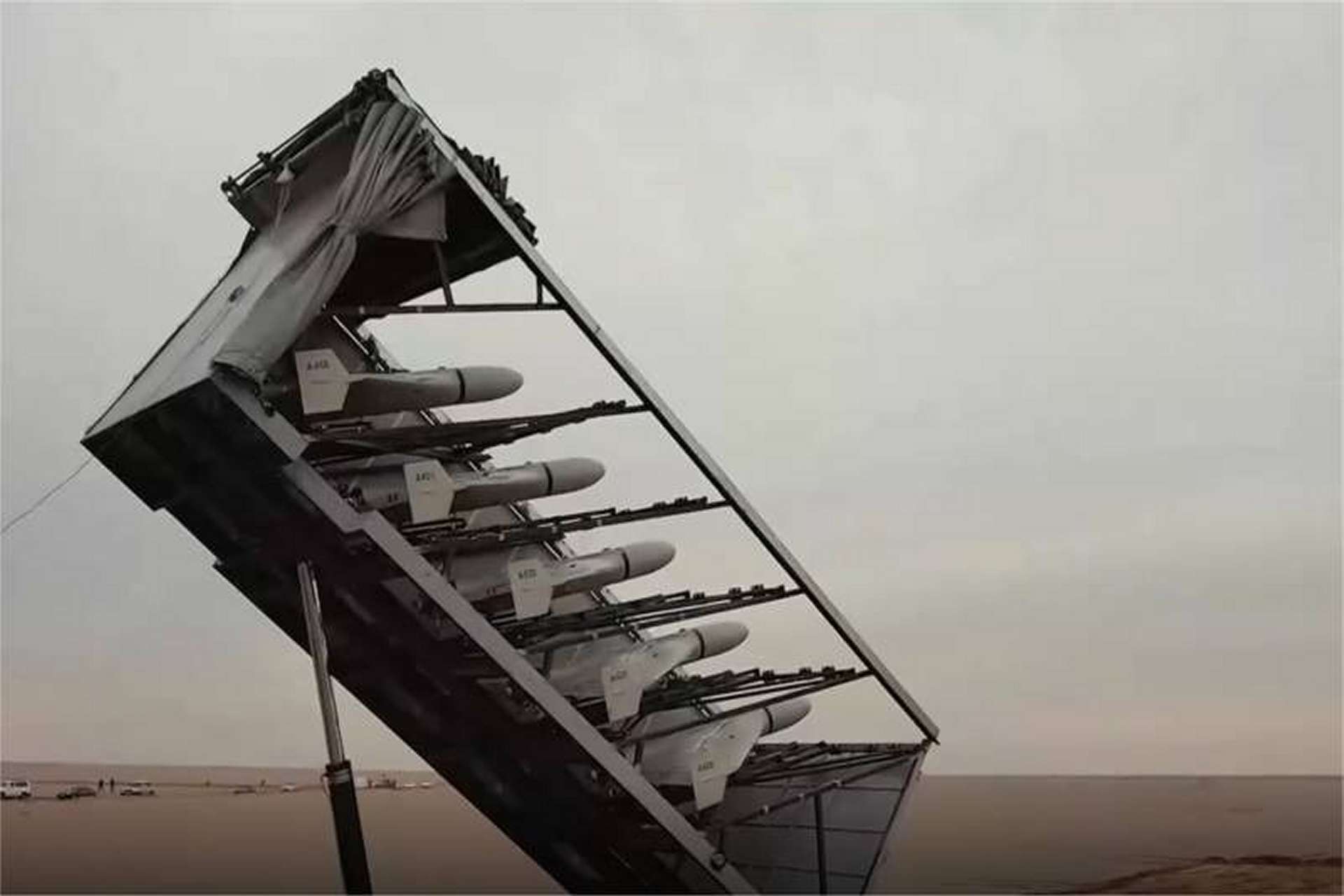Russia and China Collaborate on Developing a New Attack Drone

{loadposition bannertop}
{loadposition sidebarpub}
Russia and China are collaborating on the development of a new attack drone inspired by Iran’s Shahed family of drones, intended for use in Ukraine. According to anonymous European officials, the two countries have been in talks since 2023. This partnership marks a significant step in their military cooperation, despite ongoing geopolitical tensions and warnings from the United States and its allies.Follow Army Recognition on Google News at this link
To conserve its missiles, Russia is using Shahed-136 in Ukraine, low-cost drones equipped with a Chinese engine. (Picture source: Iranian MoD)
Bloomberg initially reported that Russian and Chinese companies have started the development and testing phase of the agreement, aiming to replicate the Iranian Shahed drones. Although China has not yet supplied any drones to Russia, providing a Shahed-style attack drone would signify an increase in Beijing’s support for Moscow. This move would contradict China’s claimed neutrality in the Ukrainian conflict, a position often affirmed by President Xi Jinping. Liu Pengyu, the spokesperson for China’s embassy, reiterated that China does not supply weapons to the parties involved in the conflict and strictly controls the export of dual-use items.
Shahed drones have been a cornerstone of Russia’s drone strategy against Ukraine, with thousands deployed since the war began. These drones are relatively inexpensive to produce but costly to defend against. Russia has even established a factory to mass-produce these drones but remains dependent on countries like North Korea and Iran for supplies, and China for critical components. European officials express concern that China could mass-produce a Shahed-like drone more quickly than Iran or Russia.
Despite repeated assurances from Chinese officials, it appears that China is providing support to Russia’s military efforts. US Ambassador to NATO, Julianne Smith, highlighted that China has been supplying dual-use components, such as machine tools and microelectronics, enabling Russia to sustain its war efforts. At the G-7 summit, Ukrainian President Volodymyr Zelenskiy stated that President Xi had promised not to provide weapons to Russia. However, current developments suggest otherwise.
Officials did not identify the specific drone under development, but reports indicate that China might be working on a kamikaze attack drone called the Sunflower 200, similar in appearance to the Iranian Shahed 136 drone. This potential collaboration between Russia and China would not only signify a new phase in their military partnership but also indicate a growing reliance of Russia on Chinese technology and support amidst Western sanctions. The acceleration of this project poses a significant challenge for Ukraine and its allies, raising concerns about the future dynamics of the conflict.

{loadposition bannertop}
{loadposition sidebarpub}
Russia and China are collaborating on the development of a new attack drone inspired by Iran’s Shahed family of drones, intended for use in Ukraine. According to anonymous European officials, the two countries have been in talks since 2023. This partnership marks a significant step in their military cooperation, despite ongoing geopolitical tensions and warnings from the United States and its allies.
Follow Army Recognition on Google News at this link
To conserve its missiles, Russia is using Shahed-136 in Ukraine, low-cost drones equipped with a Chinese engine. (Picture source: Iranian MoD)
Bloomberg initially reported that Russian and Chinese companies have started the development and testing phase of the agreement, aiming to replicate the Iranian Shahed drones. Although China has not yet supplied any drones to Russia, providing a Shahed-style attack drone would signify an increase in Beijing’s support for Moscow. This move would contradict China’s claimed neutrality in the Ukrainian conflict, a position often affirmed by President Xi Jinping. Liu Pengyu, the spokesperson for China’s embassy, reiterated that China does not supply weapons to the parties involved in the conflict and strictly controls the export of dual-use items.
Shahed drones have been a cornerstone of Russia’s drone strategy against Ukraine, with thousands deployed since the war began. These drones are relatively inexpensive to produce but costly to defend against. Russia has even established a factory to mass-produce these drones but remains dependent on countries like North Korea and Iran for supplies, and China for critical components. European officials express concern that China could mass-produce a Shahed-like drone more quickly than Iran or Russia.
Despite repeated assurances from Chinese officials, it appears that China is providing support to Russia’s military efforts. US Ambassador to NATO, Julianne Smith, highlighted that China has been supplying dual-use components, such as machine tools and microelectronics, enabling Russia to sustain its war efforts. At the G-7 summit, Ukrainian President Volodymyr Zelenskiy stated that President Xi had promised not to provide weapons to Russia. However, current developments suggest otherwise.
Officials did not identify the specific drone under development, but reports indicate that China might be working on a kamikaze attack drone called the Sunflower 200, similar in appearance to the Iranian Shahed 136 drone. This potential collaboration between Russia and China would not only signify a new phase in their military partnership but also indicate a growing reliance of Russia on Chinese technology and support amidst Western sanctions. The acceleration of this project poses a significant challenge for Ukraine and its allies, raising concerns about the future dynamics of the conflict.





